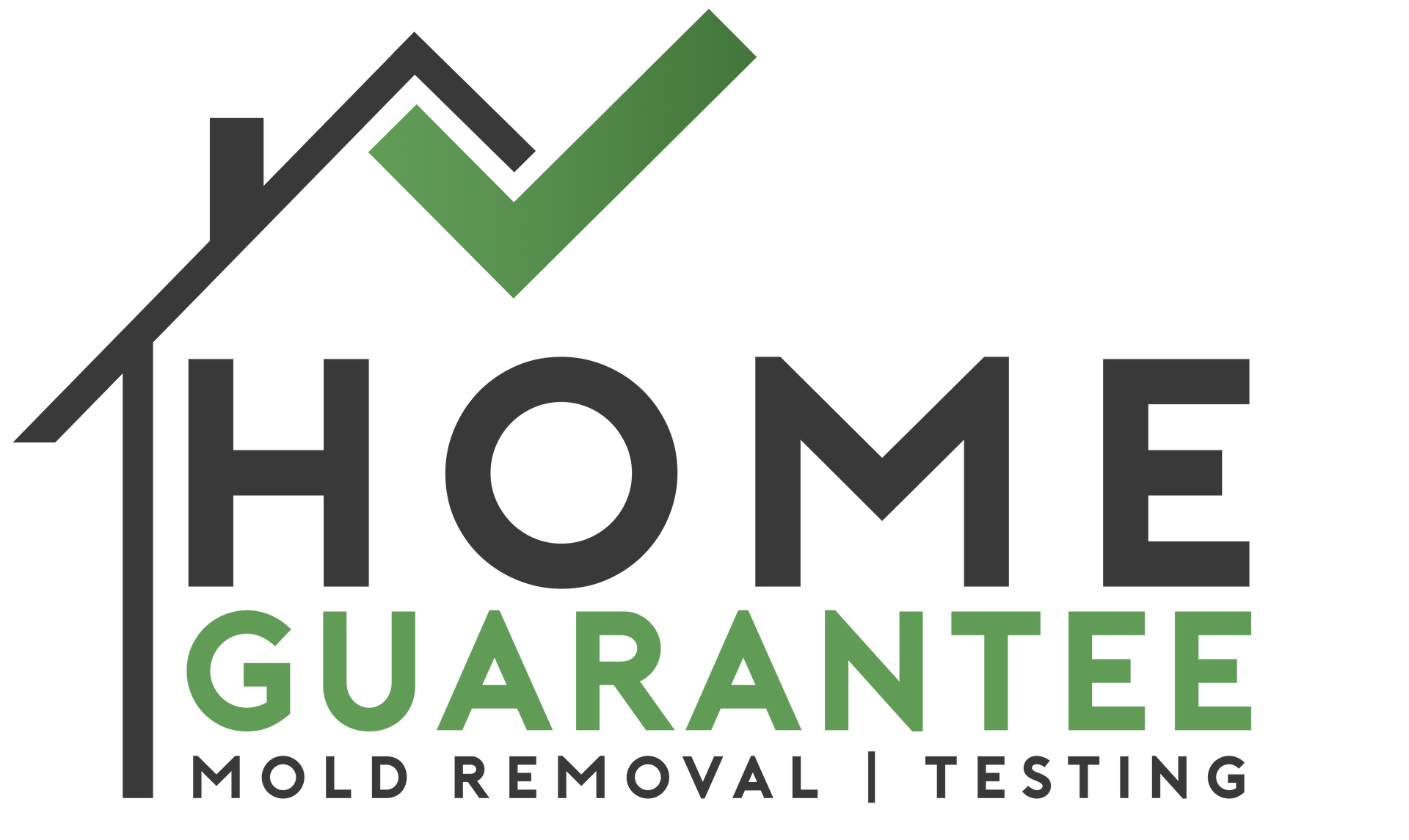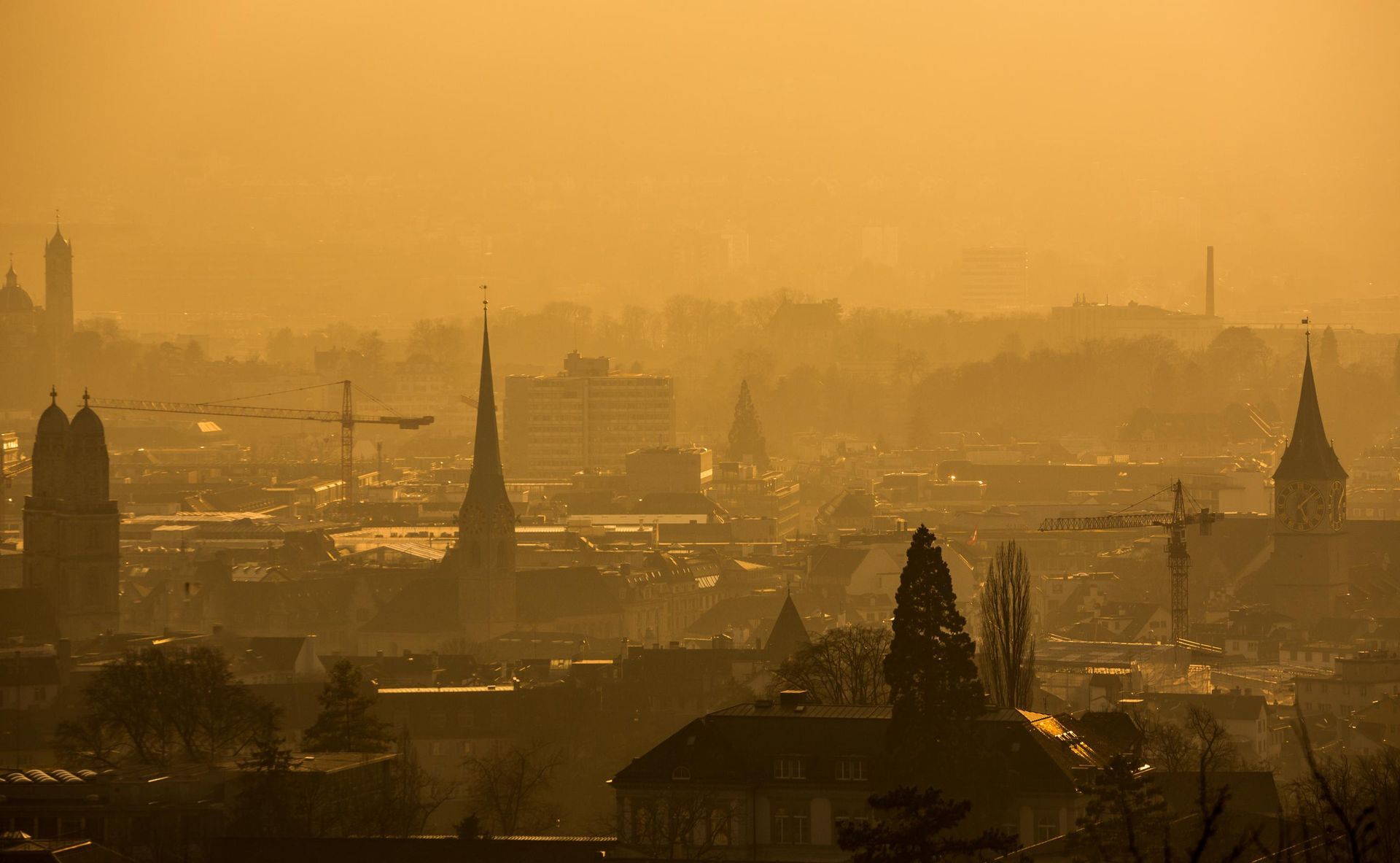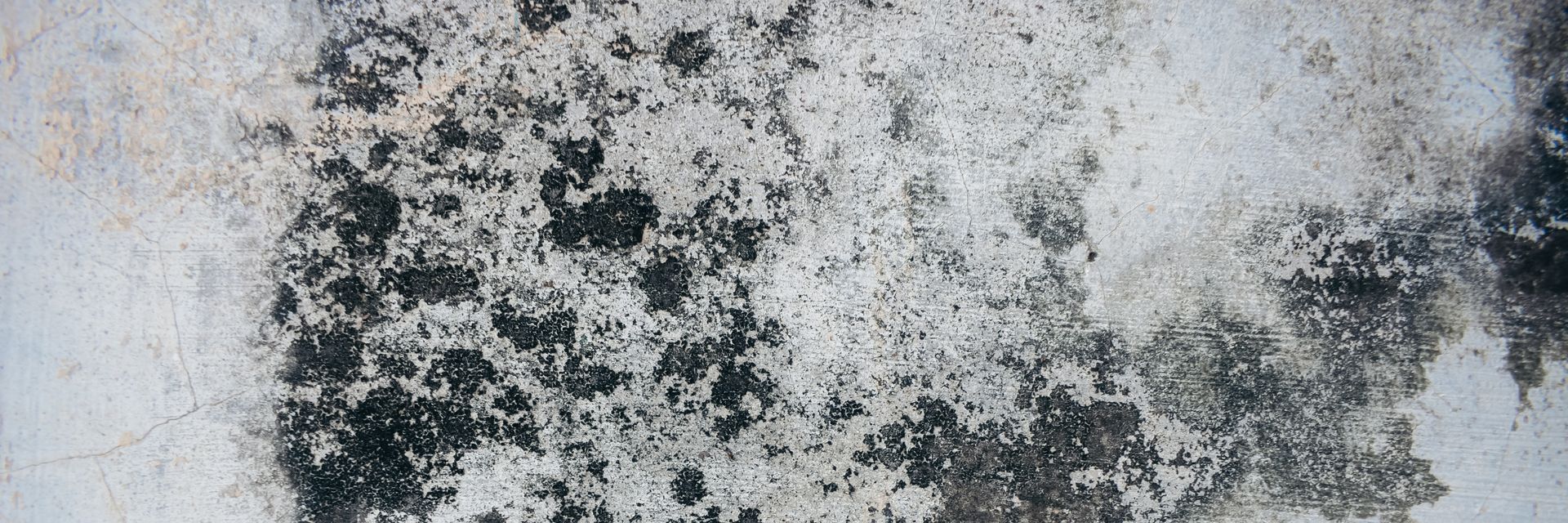Get in touch
Do I have toxic mold if it looks black?

How Do I Know If the Mold In My House is Toxic
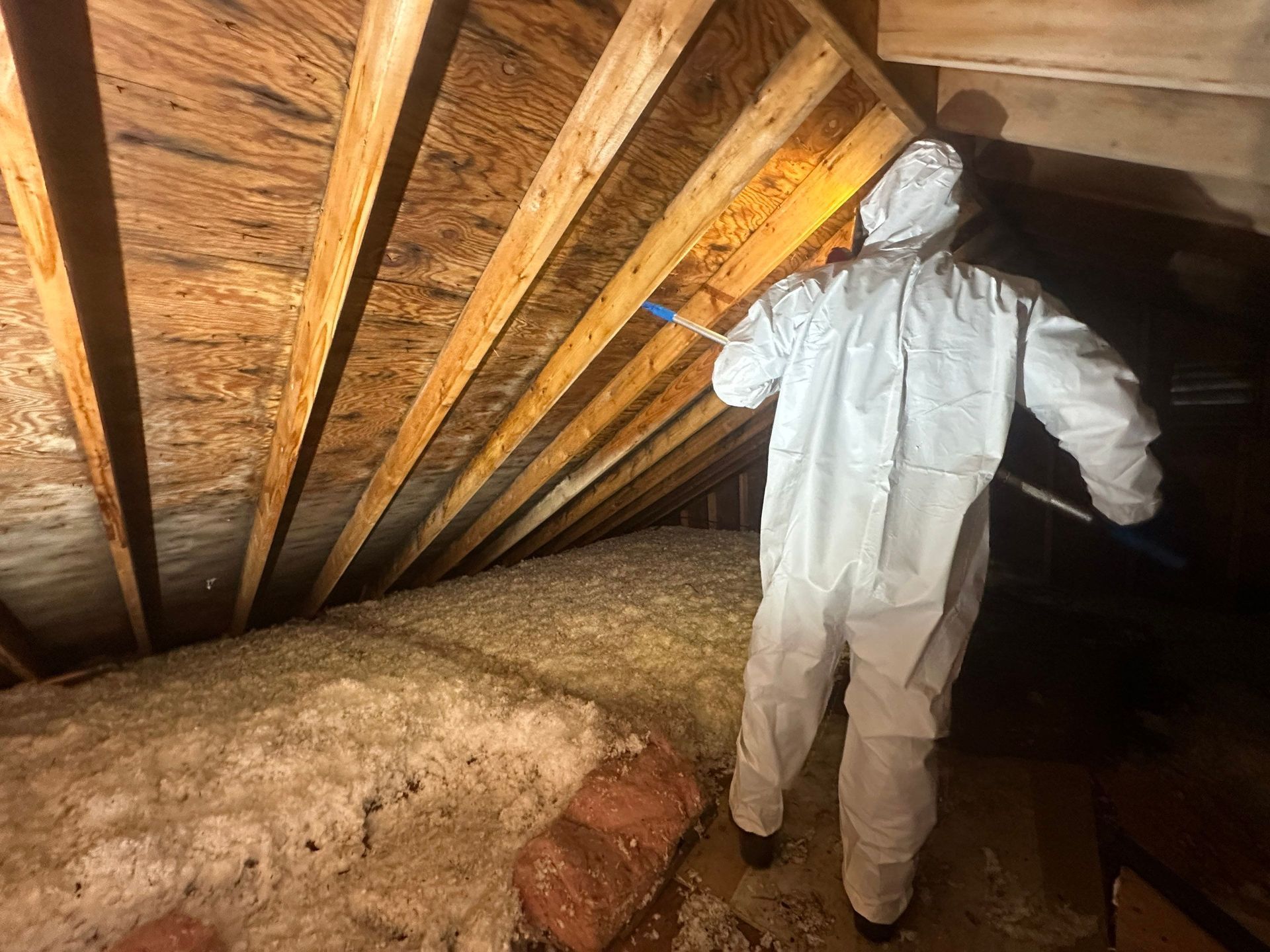
Home Guarantee, LLC operating on "black mold," in a homeowners attic. This mold was not "Stachybotrys," the common culprit for 'toxic' mold. We tested this mold and found it to be Aspergillus/Penicilium. These two molds do not often cause issue with homeowners with one exception, read below:
Do I Have Toxic Mold if It Looks Black?
Toxic mold is a significant concern for homeowners and tenants alike. Mold growth can cause various health issues, including allergic reactions, respiratory problems, and even long-term illness. A common question that arises when people notice mold growth in their homes is whether the mold that appears black is toxic. While it is understandable to jump to the conclusion that black mold might be dangerous, the answer is not always clear-cut. To fully address this question, it is essential to explore the types of mold that appear black, the potential health risks they pose, and how to deal with mold in your home.
First, it’s important to understand that not all black mold is toxic. There are numerous types of mold that can appear black in color, with Stachybotrys chartarum, often referred to as "black mold," being the most infamous. However, other mold species, like Aspergillus niger and Cladosporium, can also appear black, but they do not necessarily pose the same health risks. The color of the mold alone is not a reliable indicator of whether it is toxic. Mold comes in various colors—green, white, yellow, and even black—and these colors do not directly correlate with how dangerous the mold may be to human health.
Toxic mold is typically classified based on the mycotoxins it produces. Mycotoxins are toxic compounds that certain molds release into the air, which can cause adverse health effects when inhaled, ingested, or touched. While Stachybotrys chartarum is known to produce mycotoxins that can be harmful to humans, other black molds may not produce the same type or quantity of mycotoxins. For instance, some black molds, such as Aspergillus niger, may only cause mild allergic reactions but are not considered toxic in the same way as Stachybotrys.
Who is at increased risk of experiencing negative affects from mold exposure?
Science shows us roughly 11% of the human populous experience heightened adverse reactions to mold exposure. This is due to a mutated HLA gene on the 6th chromosome. For these folks, it can be challenging to find a home in humid areas that won't expose them to unwanted symptoms. I often call this group of people "human mold detectors." They can walk into a space and often know in minutes if there are mycotoxins present. Sometimes, we can even run air quality tests that all return as negative for an elevated spore count - but they still remain symptomatic. For these instances, I always tell clients, a mold dog, that trains in the same spot as bomb-sniffing and drug-sniffing dogs, may be their best option. They can be expensive, but the cost is nothing compared to the prohibitive cost of tearing your entire home apart looking for what may or may not be present. These dogs, with continual training, boast a ~90% accuracy rate.
Health problems related to mold exposure vary depending on the type of mold and the person’s sensitivity. People with asthma, respiratory issues, or compromised immune systems are more likely to experience severe symptoms from mold exposure. These symptoms can include coughing, sneezing, skin rashes, eye irritation, and in some cases, more severe issues like fungal infections in the lungs. If the mold in your home is black and you experience these symptoms, it’s a good idea to take action and investigate further. Even if the mold does not appear toxic, it can still cause significant discomfort or health risks, especially if left untreated.
What Environmental Conditions Cause Mold Growth?
The environmental conditions in your home are often the cause of mold growth. Mold thrives in damp, warm, and poorly ventilated areas. Leaks in the roof, plumbing issues, or humidity can create the perfect conditions for mold to grow. If you notice black mold, it is essential to address the underlying moisture issue immediately to prevent further growth. Simply removing the mold without addressing the moisture problem will not prevent mold from returning. Proper ventilation and using dehumidifiers are effective ways to reduce the humidity in your home, making it less conducive to mold growth.
What do I do if I find mold?
If you suspect that you have toxic black mold in your home, it’s important to take the right steps to handle the situation. DIY mold removal can be risky, especially if the area affected is large or if you are unsure of the mold type. In some cases, attempting to remove the mold without proper protective gear can lead to exposure to harmful spores or mycotoxins. It is advisable to consult a professional mold remediation company to accurately identify the mold, assess the health risks, and safely remove it. Professionals can also ensure that the moisture problem is addressed to prevent future mold growth.
In conclusion, while black mold may raise concerns due to its appearance, it is not always toxic. The presence of black mold does not automatically mean that it is harmful to your health, but it is essential to handle any mold growth seriously. Understanding the type of mold, the potential health risks, and the environmental conditions that contribute to mold growth can help you take the necessary steps to keep your home safe. If you suspect toxic mold, consulting a professional is the best way to ensure that your home is properly treated and that the mold issue is resolved.
Editors note: While mold may not be toxic in your home - it is important to know, if left untreated, it may (usually will) spread to other locations in your home. Not only that, but if its due to an active moisture leak, it will ultimately lead to deterioration of building supplies. We always recommend using a professional IEP (Indoor Environmental Professional) to evaluate your situation and make recommendations based off of their findings. Home Guarantee is a company based out of both Winsted, CT and Unionville, CT. Contact us for a free consultation at (860) 764-2677.
Read More Posts


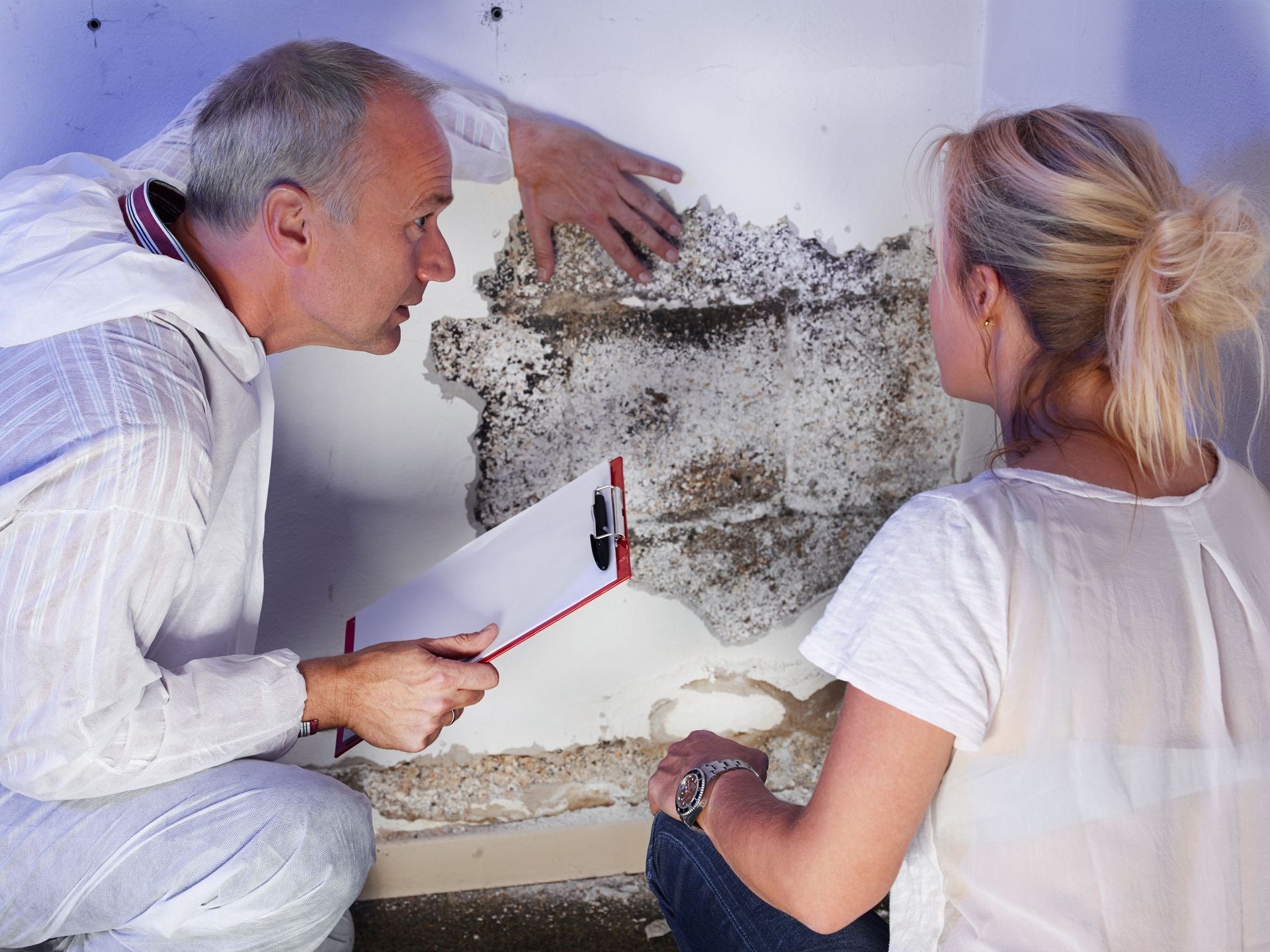

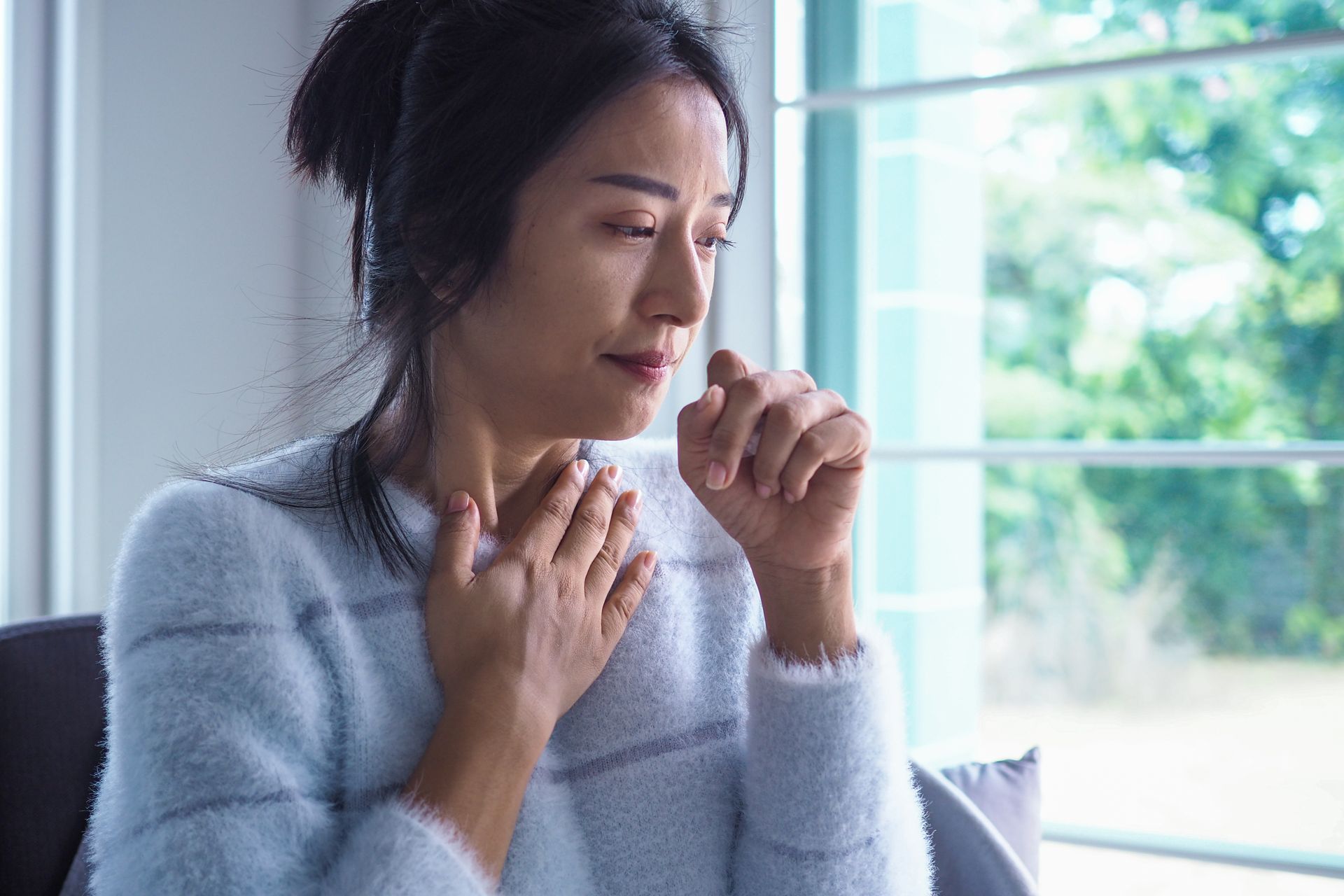
HIC #: HIC.0670993
Mold License #: CMR0000046093
Our duty is to guarantee your home. When it comes to mold remediation, we go beyond industry standards to ensure that your mold issue is forever fixed. You won't have to worry after we leave that six months down the line the mold will reappear. All of our work is guaranteed for one year.
Our Services
Quick Links
Contact Information
152 Colebrook River Rd, Winsted, CT 06098, United States of America
30 Mill St. Unit I, Unionville, CT 06085
Home Guarantee, LLC

